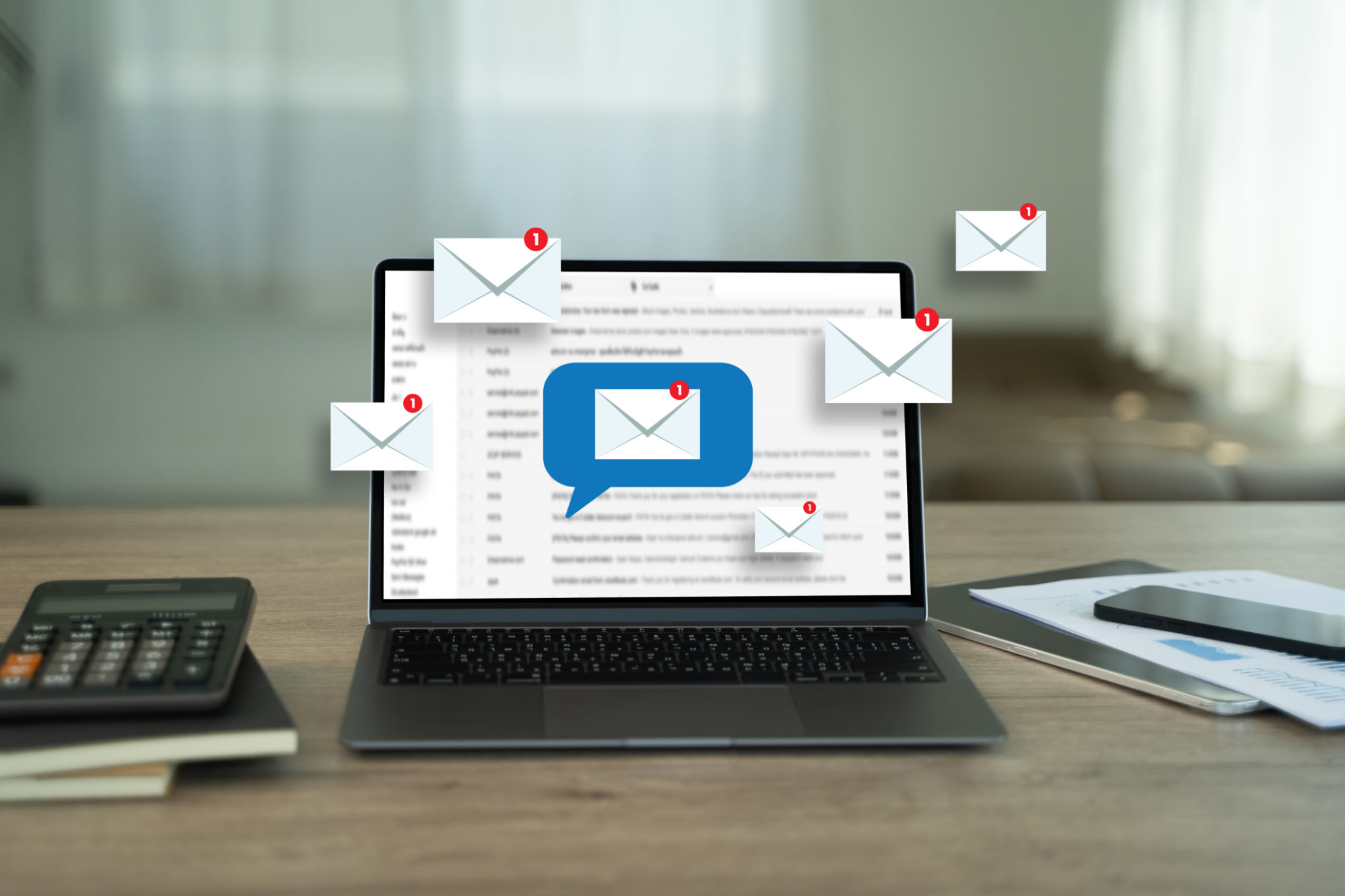IP Warming Strategies for New Domains: A Step-by-Step Guide
Understanding IP Warming
When launching a new domain, establishing a reputable sender identity is crucial for successful email marketing. This is where IP warming comes into play. IP warming is the process of gradually increasing the volume of mail sent with a dedicated IP address according to a predetermined schedule. This slow and steady approach helps build a good reputation with Internet Service Providers (ISPs).
The goal of IP warming is to ensure that your emails land in your subscribers' inboxes rather than their spam folders. Without proper IP warming, you risk damaging your sender reputation, which can lead to email delivery issues in the future.

Preparing for IP Warming
Before diving into IP warming, ensure that your email list is clean and engaged. Remove any invalid or inactive email addresses. A pristine list improves deliverability and prevents your IP from being flagged as spam. Additionally, focus on creating engaging content that encourages subscribers to open and interact with your emails.
Preparing a strategic plan is also essential. Determine the initial volume of emails you'll send and how you'll scale it in phases. It's important to set realistic goals and timelines for reaching your desired email volume.
Selecting the Right IP Address
Choosing a dedicated IP address is vital for IP warming. A dedicated IP provides more control over your sender reputation compared to a shared IP. When selecting an IP address, consider its history and reputation. Avoid IPs that have been previously blacklisted or associated with spam activities.

Executing the IP Warming Plan
Begin your IP warming process by sending emails to your most engaged subscribers. These are individuals who regularly open and interact with your emails. A positive response from this group will help establish a good initial reputation with ISPs.
Gradually increase the number of emails sent each day or week. For example, start by sending 1,000 emails on the first day and double the amount every few days until you reach your target volume. Consistency is key; adhere to a regular sending schedule to maintain momentum.
Monitoring Deliverability and Engagement
Throughout the IP warming process, closely monitor your email deliverability rates and subscriber engagement. Track metrics such as open rates, click-through rates, and bounce rates. High bounce rates or low engagement can signal issues with your list or content.

Troubleshooting Common Issues
If you encounter deliverability issues during IP warming, take immediate action to address them. Common problems include high bounce rates, low open rates, or being flagged by spam filters. Re-evaluate your email content, subject lines, and sending frequency to identify potential causes.
Additionally, maintain good relationships with ISPs by adhering to their guidelines and best practices. This includes honoring unsubscribe requests promptly and avoiding spammy language in your emails.
Building Long-Term Success
IP warming is just the beginning of establishing a strong sender reputation. Once your IP is fully warmed up, continue to monitor and optimize your email campaigns. Regularly update and clean your email list to maintain high engagement rates.
By following these strategies and maintaining best practices, you can ensure long-term email marketing success for your new domain. A strong sender reputation not only improves deliverability but also enhances customer trust and engagement.